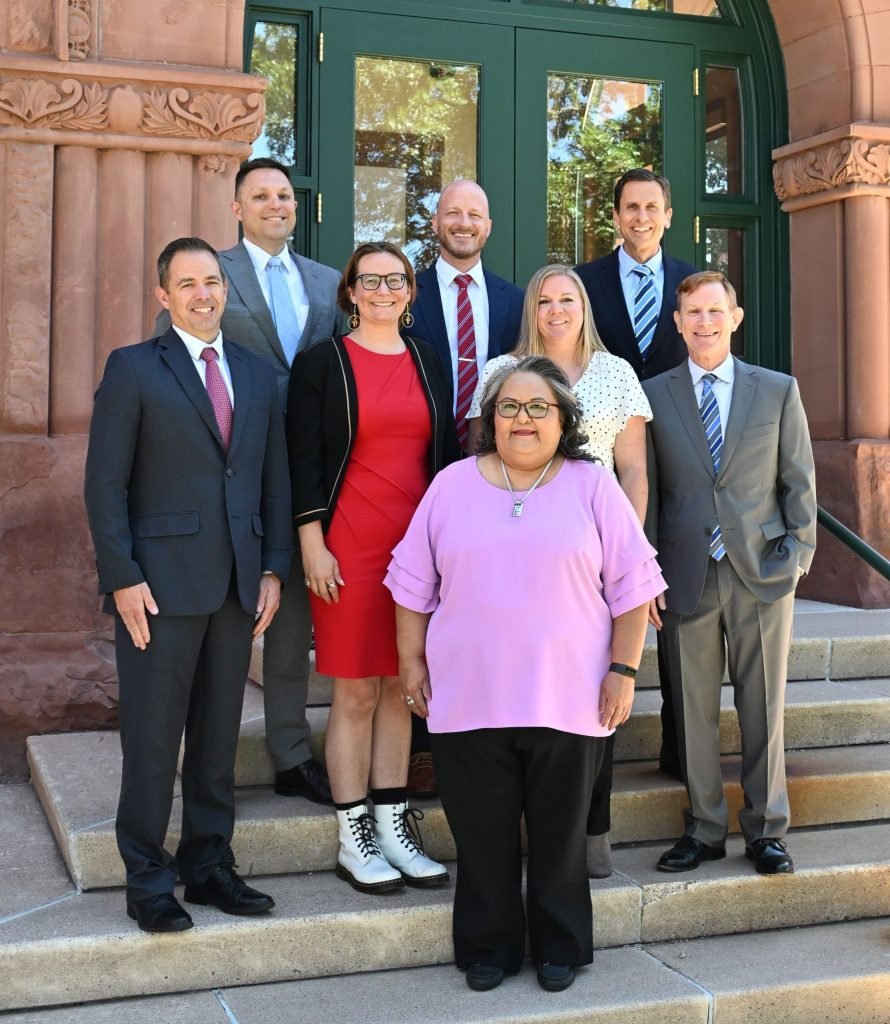Last week, I discussed the Trump Environmental Protection Agency’s plan to retract the Obama EPA’s assessments regarding environmental dangers. The actual proposal has now been released. It’s largely interesting, but one aspect feels a bit off—it still brings along the Anti-Independent Truck Driver Rules that the previous administration set up.
So, what are Glider Trucks? Essentially, these vehicles are crafted from older engines and chassis but look new on the outside. They offer a cheaper alternative for small, independent truck operators, costing about 25% less than entirely new trucks. The concept was developed by Tommy Fitzgerald, a mechanic from Tennessee and a solid Trump supporter, who built a substantial glider business in the 1990s.
Back in 2016, the Obama EPA decided to classify glider trucks as new vehicles, which meant they had to adhere to strict emissions standards. The issue is that the emissions tests for new trucks often show ideal conditions that, let’s be honest, aren’t exactly realistic. Studies have shown that the emissions from glider engines aren’t notably different from those of new trucks under typical conditions.
Critics argue that Obama’s rules on gliders were implemented improperly. While the new emissions rules were intended for all new trucks, the final classification unexpectedly categorized gliders as new trucks too. It seems the glider industry wasn’t given appropriate notice or the chance to participate in the rule-making process, which feels a bit unfair. Plus, there wasn’t an adequate cost analysis performed, which is contrary to what you’d expect from proper executive oversight.
In 2017, the Trump EPA attempted to undo the Obama-era regulations impacting gliders, but those efforts were met with significant resistance in Washington. This included some questionable activities revealed through email exchanges obtained via the Freedom of Information Act.
Scott Pruitt, the Trump EPA chief back then, didn’t have proper approval or awareness of how the new truck industry was manipulating emissions tests against glider trucks. Testing conditions were decidedly less than ideal. One of the gliders was examined while its “Check Engine” light was illuminated, and another was subjected to suboptimal biodiesel that exacerbated emissions. Misleading data led to a media frenzy that successfully hindered the Trump EPA from reversing the previous stringent regulations.
Surprisingly, following a public meeting for the new proposal, officials from the trucking industry were caught off guard by reported emissions levels, revealing a lack of communication with the Trump administration.
Ultimately, this plan fizzled out, revealing an amusing irony in how it all played out. The rules that stifled the glider truck industry were still in place, as traditional truck manufacturers stopped providing glider kits, effectively damaging the market. The official responsible for the controversial testing was later reassigned, leaving a lingering mess for the administration to clean up.
Recently, the Trump 2.0 EPA presented a suggestion reinforcing the classification of gliders as new trucks, which is quite puzzling, considering that slapping a new exterior on an old engine doesn’t really equate to a new vehicle.
Moreover, glider trucks equipped with rebuilt engines are, environmentally speaking, better than a completely used truck prone to breakdowns. They are economically viable for small trucking businesses and beneficial to consumers as long as they can compete with larger, newer trucking outfits.
Instead of simply endorsing the previous administration’s regulations on gliders, the Trump EPA should rethink their approach and rescind the Obama-era rules altogether. It’s essential for the glider industry to keep operating.







